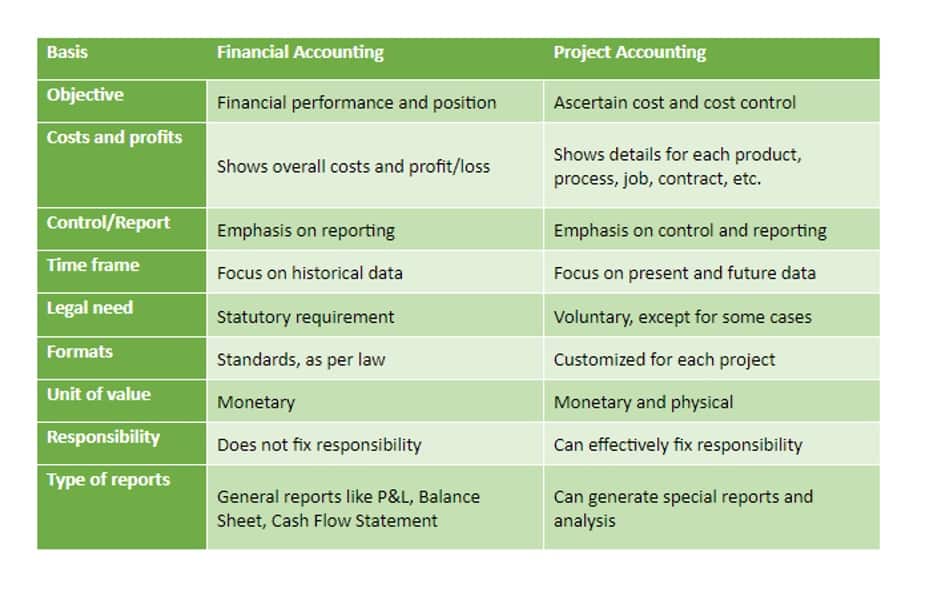Semi-Monthly Pay Calculator

Other factors could also influence what payroll type benefits your company and employees more. In some industries, such as retail and hospitality, where workforce management and consistent cash flow are critical, semi-monthly pay is commonly adopted. This regular and predictable schedule aligns well with the needs of employees and employers in these fast-paced environments. Understanding these differences empowers individuals and employers to choose the payroll schedule that aligns best with their financial needs and preferences. You should also consider imputed income as it adds another layer to these financial considerations.

There are around 260 business days in a year, but the amount of pay periods can vary depending on what days employees work. Semi-monthly and bi-weekly sound like the same thing, but there are some key differences between these two payroll schedules. Bi-weekly pay spans a range of dates, accommodating variations in the number of workdays per month. This dynamic schedule can make budgeting a bit more challenging than the predictability of semi-monthly pay.
What Is a Semi-monthly Payroll?
Semi-monthly pay results in 24 pay periods, while bi-weekly pay yields 26. This variance can impact annual earnings and affect budgeting strategies. Semi-monthly pay divides the month into two equal parts, covering the 1st to the 15th and the 16th to the end of the month. Bi-weekly pay, however, doesn’t adhere to a fixed date range, making it more adaptable to varying workdays within a month. Take the entire annual salary and divide it by 24 — the total number of pay periods for semi-monthly pay.
Only 18% of employers use a semimonthly pay frequency, making it the second least popular pay schedule after monthly (used by only 4.4% of employers). If payday falls on a holiday or weekend, you will either need to advance or delay payroll, adding another responsibility to your plate. While the number of hours you work under a biweekly schedule can also vary, they’re more likely to remain similar to every pay cycle if you’re working full time. This is because there will always be 14 days between each paycheck. Remember that not all months are the same length (for example, February), so keep in mind that some paychecks will be larger or smaller than others.
The formula for semi-monthly pay calculation
Let’s say pay period 1 runs from the 1st through the 15th with payday on the 15th. Then, pay period 2 runs from the 16th through the last day of the month with payday on the last day of the month. Let’s also say the business operates Monday through Friday, and the employer defines https://www.bookstime.com/ the workweek as Monday through Sunday. Choosing a payroll schedule is a critical decision with many factors a business must consider. If you’re paying your hourly workers $20 per hour and they worked 80 hours, you’d multiply to get a net pay of $1,600 for that half of the month.
- Semi Monthly Pay Periods can cause employees to accidentally overestimate their pay.
- The frequency of a semi-monthly payment and the consistency of having set days also make it easier for your employees to budget for their personal expenses.
- The pay period you choose can affect your cash flow, payroll costs, employee satisfaction, and compliance with labor laws.
- Tools like Hubstaff simplify this and automate much of the tracking, deductions, verification, and even payroll disbursement process for you.
- Let’s say you have 10 employees who each earn $1,500 in gross wages per paycheck.
Here’s a free printable 2024 Semimonthly Payment Schedule Template you can use with Google Sheets or Microsoft Excel. Semi-monthly means paid twice in every month (usually at the end of the month). The cloud is poised to revolutionize semi monthly vs bi weekly Client Accounting Services (CAS). With a desktop system, bill payment and bookkeeping for a substantial number of clients is a daunting task. Getting invoices and source material, entering data, and printing and …
Frequently Asked Questions about Semi Monthly Pay
Whether you’re paid hourly or have salaried pay can also impact how your pay schedule affects you. When it comes to semi-monthly vs. biweekly, there is literally no difference in the amount per year your employees will be paid. An employee who gets $51,000 per year will receive the same annual salary regardless of whether they are being paid semi-monthly vs. bi-weekly. It all depends on what makes the most sense for your unique business restrictions. Don’t worry, you’re not going crazy, you just haven’t fully grasped the semi-monthly vs. bi-weekly payroll debate yet.
Semi monthly pay is a schedule of regular payments, twice a month, on specified days. You would get paid 2 times per month for work or services performed. Since there are 12 months in a year, that would make 24 semi-monthly pay periods. A pay period is the time interval that determines how often employees get paid. It can be weekly, biweekly, monthly, or any other frequency that the employer chooses.

Leave a Comment